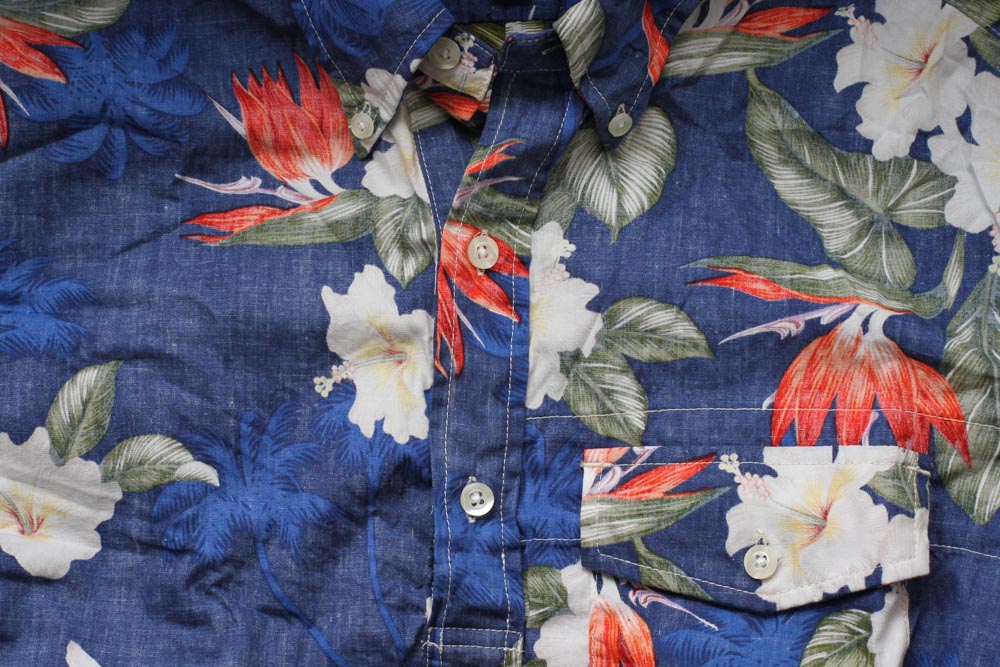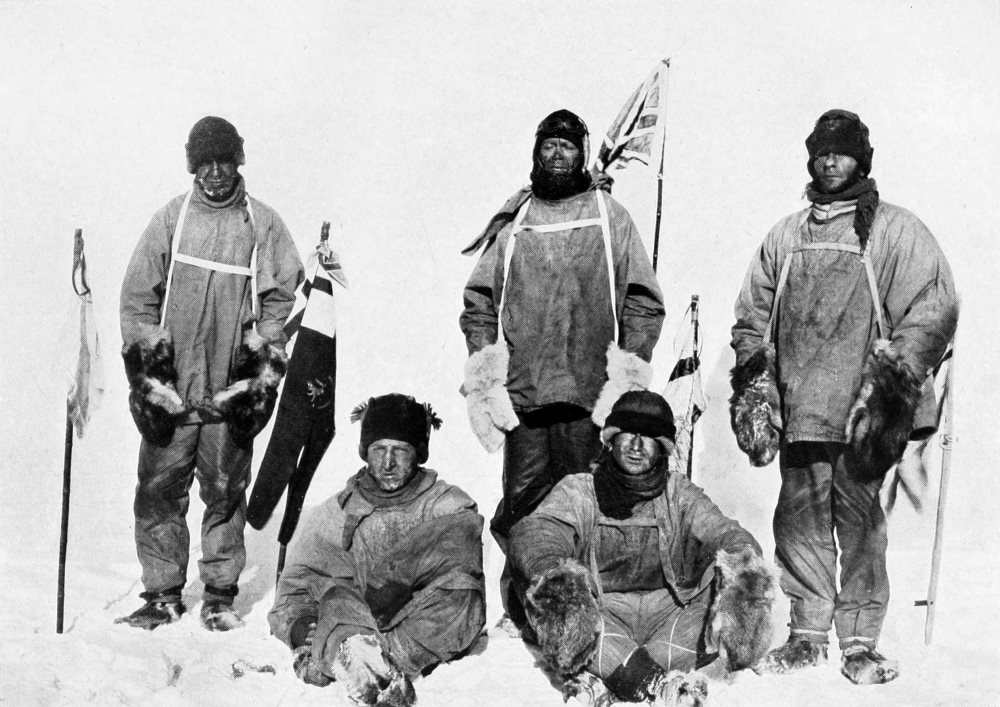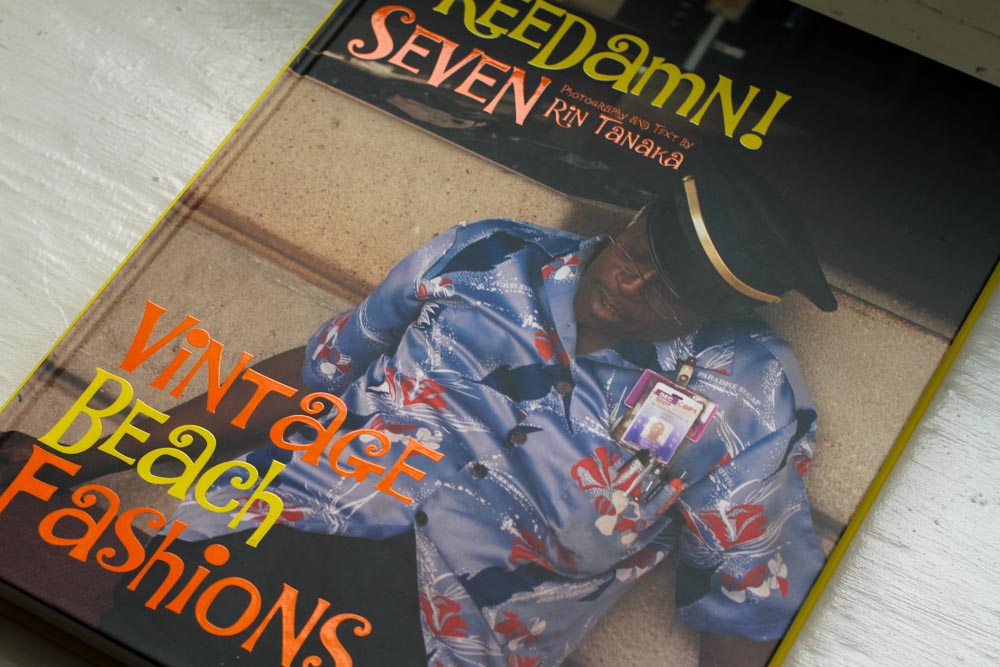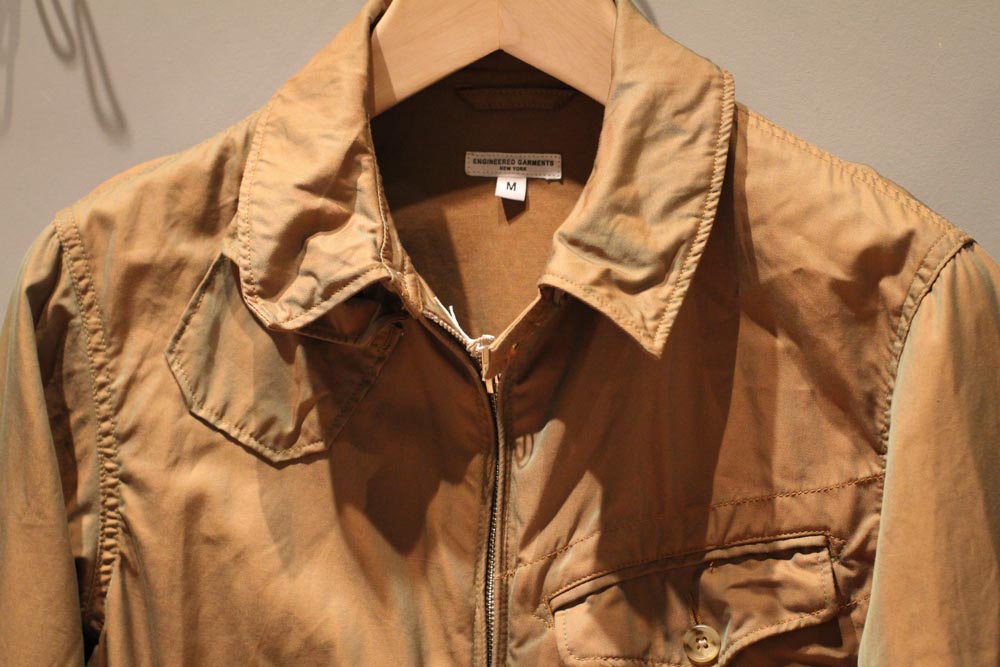Flipping back through the Perfect Summer Book again (see part 1 posted back in 2011).
Category: Men’s Clothing (page 1 of 74)
Vintage beach fashions and swimwear via Rin Tanaka’s My Freedamn 7.
Engineered Garments for several years now has been incorporating Hawaiian fabrics into its collections, my first memory of it being the bark cloth pieces made for the Spring/Summer 09 season. The current season was the jackpot though, if you had any tropical vacations planned this year, and highlights were several shirt designs including popovers, four pocket camp shirts (similar to the Guayabera), and the more traditional button downs. Other designers have since taken notice, and you can now find Hawaiian patterned fabrics in increasingly more collections.

Above – A popover from the current season which has a print fabric that was reversed around when cutting it off from the bolt, giving it a more subdued color palette. Turning the shirt inside out would show its true colors.
Below – A QT vest from last year, which in my case is more ideal for layering.
With deliveries for spring/summer collections mostly done, I recently stopped into Jack Straw to check out its current selections including the latest from Engineered Garments. Over the past few seasons, the size and assortment of its picks have grown and is now one of the best places to track down items outside of Nepenthes NYC and Bureau of Belfast (EG takes up the entire back area of the store in an impressive display).
My favorite picks from this season include the new driver jacket in iridescent cotton twill, the red plaid bedford jacket, and the reversed sateen olive fatigue pants. In addition to the men’s shipments, they also have a nice capsule collection of the more interesting FWK pieces for women.
After a couple years of frequent use, my favorite western shirt from Engineered Garments started to show some wear and tear around the elbow areas. I first considered doing a single patch piece for each sleeve, but the high button plackets would have made the placement look awkward – so instead, I took some inspiration from Junya Watanabe’s recent collections and patched up the areas with several different smaller pieces.
Starting the work on the patches using a sewing machine. The fabric was sourced from a local store in Ballard, Drygoods Design, which is a great place to find interesting materials for small DIY projects like this.
I’ve been wishing for a book version of the photography featured in Men’s File ever since I first read through Issue 1 several years back – the Transportation Archive is the answer to that, and hopefully it will be part of a larger series down the road. Previously it was a bit difficult to source outside of Europe, but it’s now being carried at Self Edge, along with the latest issue which focuses on denim and workwear.
A brief look into some of the clothing designs worn by the men of Robert Scott’s Terra Nova Expedition, found on Google Books in a tailoring journal published in 1913:
“Some Particulars of the Clothing Outfits of the British Antarctic Expedition, Which Were Specially Designed Under the Personal Direction of the late Captain Scott.”
Whatever may have been the cause or causes of the tragic termination of the venture of the devoted band that succeeded in reaching the South Pole, only to find that the object already had been gained by a more fortunate explorer, it seems certain that the special clothing which had been produced in accordance with Captain Scott’s own carefully planned instructions was in no way responsible for the disaster. Both the material and the garments were apparently fully equal to the great and unusual strain to which they were subjected. For, writing from the winter quarters of his ship, the Terra Nova, soon after the arrival of the party at Cape Evans, January 23rd, 1911, Captain Scott expresses his satisfaction with this part of his equipment in a letter to the manufacturers which reads as follows:
Winter Quarters, Cape Evans, 23rd January, 1911
Dear Sirs,
I have much pleasure in informing you that the Mandelberg Wind Proof Clothing and Tent Material supplied by you to this Expedition has been highly satisfactory up to the present. I enclose some photographs showing your clothing and tent material in use in the Antarctic regions which may be of interest to you.Yours very truly,
R. Scott
Captain R.N. (Commanding British Antarctic Expedition, 1910)
It’s arguable that the more fortunate explorer referenced above, Roald Amundsen, had planned and prepared better (especially with clothing, equipment, and food). Continue reading more.

“Robert Falcon Scott’s Pole party of his ill-fated expedition, from left to right at the Pole: Oates (standing), Bowers (sitting), Scott (standing in front of Union Jack flag on pole), Wilson (sitting), Evans (standing). Bowers took this photograph, using a piece of string to operate the camera shutter.” [wikipedia]
A few snapshots taken around town:
Ubiquitous around Iceland, the lopapeysa has become an icon for the country’s wool industry over the past several decades. They are traditionally hand knit with lopi, a coarse but hardy wool from Icelandic sheep, and are quite cozy and warm when worn.
Recently, some groups within Iceland have been pushing to have the sweaters legally protected against companies who produce them overseas and then sell them as being authentic to tourists (a familiar problem that can be found around the world) – Grapevine.is, which has been following the topic over the past year also has a useful guide on how to shop for one.

On a recent trip I picked up an affordable sweater from the Icelandic company Farmers Market, which came in handy during the cold weather and strong winds that came through while I was there earlier in the month. I have no idea where it was made, but I like it well enough.







